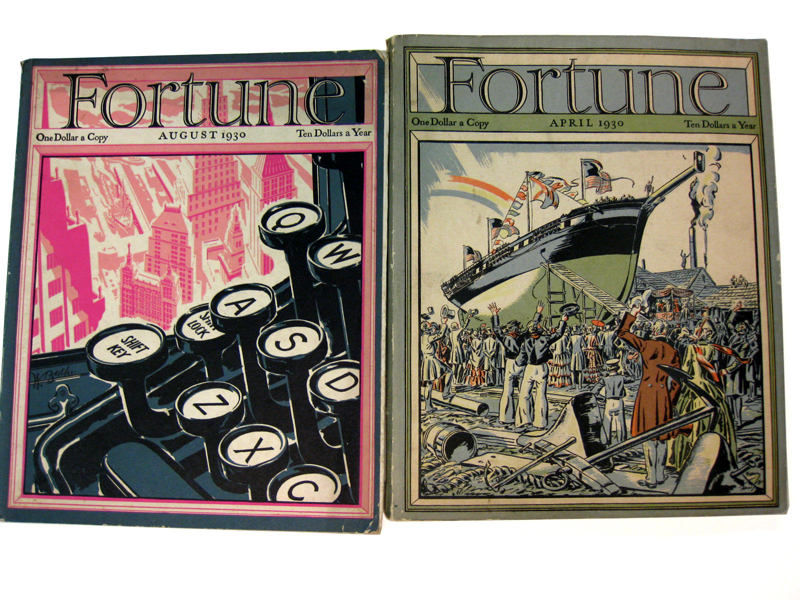Pricing Strategy
For most business owners, price is a strictly financial consideration, but it should be considered from a marketing perspective as well. If your Marketing Position identifies you as a distributor of absolutely top quality products, for example, your prices should reflect this. Can you imagine a “discount coupon” for a Ferrari or a “buy one get one free” special on Rolex watches? It would seem absurd. If they were marketed in this way they would quickly lose their appeal because a discount pricing strategy runs contrary to the positioning of these products as high-end luxury items.
Revisit your Marketing Strategy and begin to think about how you can use pricing to support it in the minds of your Target Market. For starters, how should your products be priced in comparison to your competition? Higher? Lower? The same?
Be aware if you hold regular sales, people will begin to wait for your sales before they buy. Why? Because customers are looking for value. If you can afford to hold a regular sale, the implication is that your regular prices must be too high.
Some furniture stores use this as a marketing strategy by advertising sales almost continuously. This strategy relies on the continuous hype and excitement generated by each sale to bring in new customers. Not only is it difficult to maintain the excitement of a year-round sales atmosphere, but additional problems can arise if a competitor comes in with regular prices that are as good or better than your sale prices. Suddenly your integrity is called into question because your sale prices are no longer perceived as a bargain.
If you are positioned as a discount merchant, it may be better to keep your margins low and your sales volume high, while trying to avoid competing head to head on price. If your competition sells individual packages of light bulbs, for example, you could sell multi-packs, or a different brand so that a direct comparison can't be made so easily.
For many small- to medium-sized businesses, however, a pricing strategy based on value may be more effective over time. Offering your customers value means they get a lot for their money, but it does not necessarily mean your prices are inexpensive. If you offer superior customer service and convenience, for example, your products will become more valuable to your customers, making your products a better deal without damaging your margins.
In 1975 Hunt Wesson spent $6 million to advertise Orville Redenbacher’s gourmet popping corn. Four years later, priced two-and-a-half times higher than other leading brands, Orville Redenbacher was the nation’s number one brand of popping corn.
Henry R. Luce launched his magazine “Fortune” in 1930 at $1.00 a copy to reflect the image of luxury and privilege. This was an astonishingly high price at the time.

“The moment you make a mistake in pricing, you’re eating into your reputation or your profits.”
How can you use price as a marketing tool for your business? Write your Pricing Strategy in the space below.
Doug's Dollar Store
In keeping with our market position of “variety, affordability and convenience,” our maximum retail price for any item is $5. All prices are rounded to the nearest 50 cents. A seven percent (or federal tax equivalent) discount is applied to all sales over $50 to encourage larger purchases. The minimum price for an item is $1. We sell less expensive items in groups to make this work (i.e. 2 for $1 or 3 for $2). We do not hold sales (other than discounts for quantity or bulk orders). We accept MasterCard, VISA, debit cards and cash.